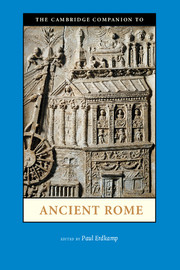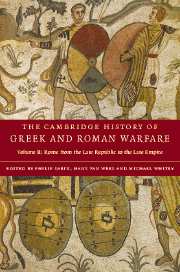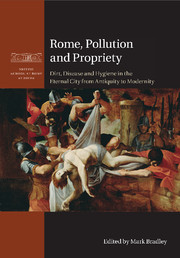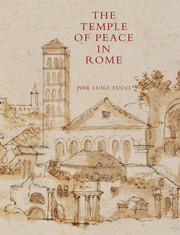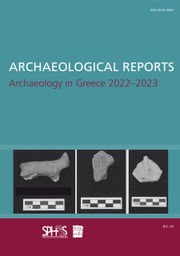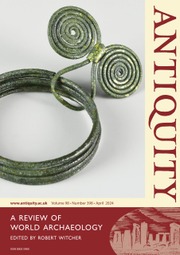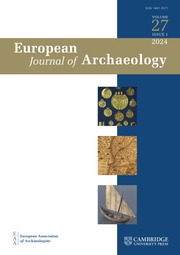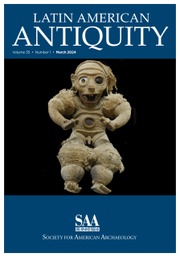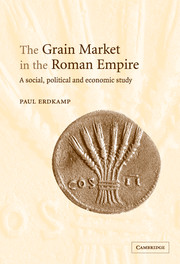The Cambridge Companion to Ancient Rome
Rome was the largest city in the ancient world. As the capital of the Roman Empire, it was clearly an exceptional city in terms of size, diversity and complexity. While the Colosseum, imperial palaces and Pantheon are among its most famous features, this volume explores Rome primarily as a city in which many thousands of men and women were born, lived and died. The thirty-one chapters by leading historians, classicists and archaeologists discuss issues ranging from the monuments and the games to the food and water supply, from policing and riots to domestic housing, from death and disease to pagan cults and the impact of Christianity. Richly illustrated, the volume introduces groundbreaking new research against the background of current debates and is designed as a readable survey accessible in particular to undergraduates and non-specialists.
- Explores in great detail what life was actually like for the hundreds of thousands of ordinary inhabitants of ancient Rome
- Thirty-one newly commissioned chapters by leading historians, classicists and archaeologists from around the world
- Suitable for undergraduates taking courses on the city of Rome and also for non-specialists
Product details
No date availablePaperback
9780521720786
646 pages
228 × 152 × 29 mm
1kg
39 b/w illus. 10 maps
Table of Contents
- Introduction Paul Erdkamp
- 1. The emergence of the city Alexandre Grandazzi
- Part I. Inhabitants:
- 2. Population size and social structure Neville Morley
- 3. Disease and death Walter Scheidel
- 4. Slaves and freedmen Elisabeth Herrmann-Otto
- 5. Immigration and cosmopolitanization Claudia Moatti
- 6. Marriages, families, households Beryl Rawson
- 7. Pack-animals, pets, pests, and other non-human beings Michael MacKinnon
- Part II. The Urban Fabric:
- 8. The urban topography of Rome Elisha Dumser
- 9. Housing and domestic architecture Glenn R. Storey
- 10. Regions and neighborhoods J. Bert Lott
- 11. Monumental Rome Roy D. Miller
- 12. (Sub)urban surroundings Robert Witcher
- Part III. Logistical Challenges:
- 13. The Tiber and river transport Steven L. Tuck
- 14. Traffic and land transportation in and near Rome Ray Laurence
- 15. The food supply of the capital Paul Erdkamp
- 16. Counting bricks and stacking wood: providing the physical fabric Shawn Graham
- 17. Water supply, drainage and watermills Christer Bruun
- Part IV. Working for a Living:
- 18. Industries and services Wim Broekaert and Arjan Zuiderhoek
- 19. Labour and employment Cameron Hawkins
- 20. Professional associations Jinyu Liu
- 21. Sex and the city Thomas A. J. McGinn
- Part V. Rulers and the Ruled:
- 22. Civic rituals and political spaces in Republican and Imperial Rome Adam Ziolkowski
- 23. Policing and security Benjamin Kelly
- 24. Riots Gregory S. Aldrete
- 25. 'Romans, play on!': city of the games Nicholas Purcell
- Part VI. Beyond This World:
- 26. The urban sacred landscape Andreas Bendlin
- 27. Structuring time: festivals, holidays and the calendar Michele R. Salzman
- 28. Cemeteries and catacombs Leonard V. Rutgers
- 29. What difference did Christianity make? A. D. Lee
- Epilogue:
- 30. The city in ruin: text, image, and imagination Catharine Edwards
- 31. Roma aeterna Ingrid Rowland.

